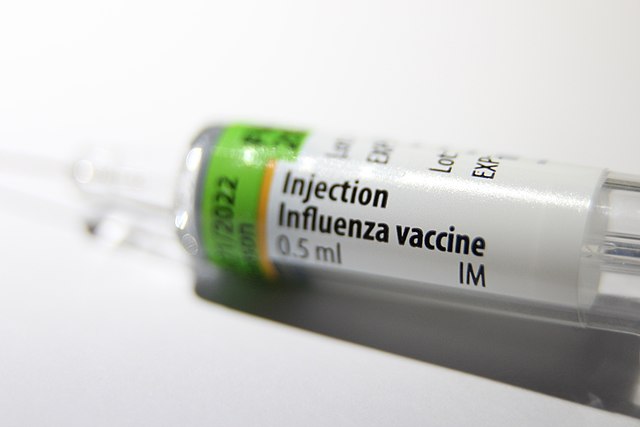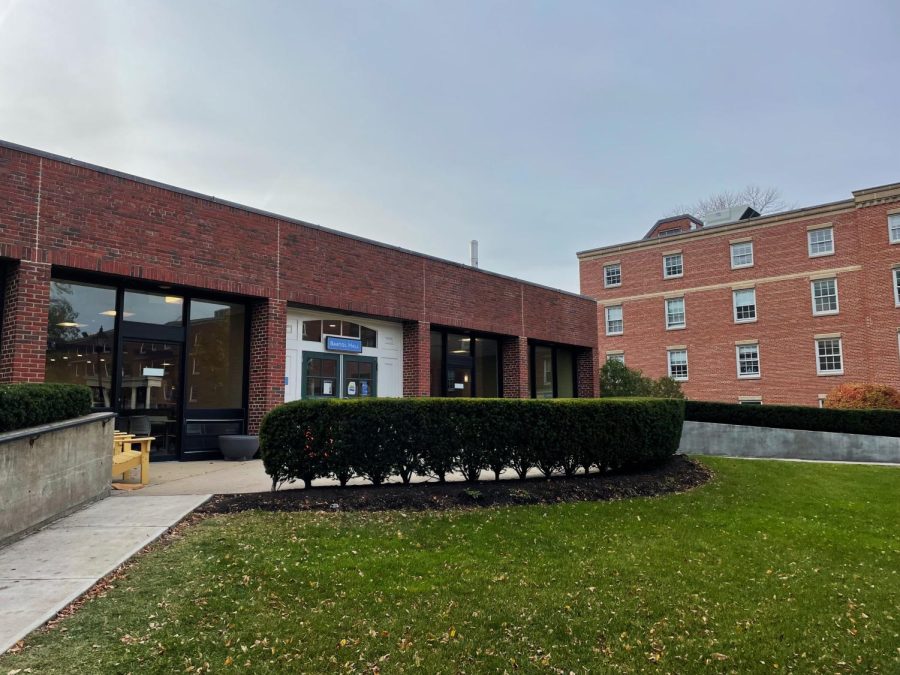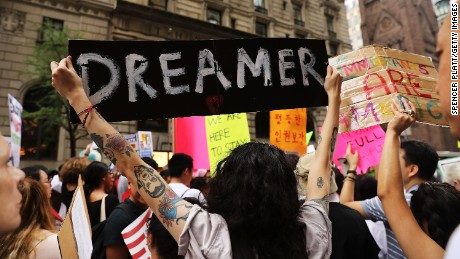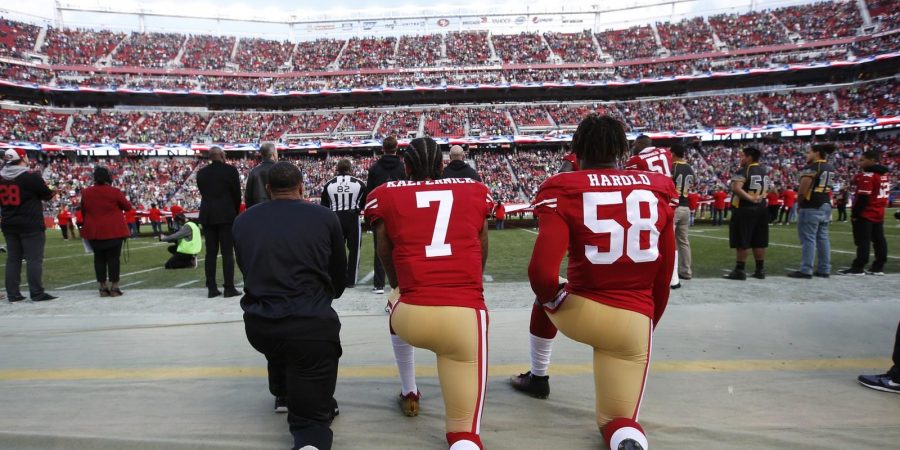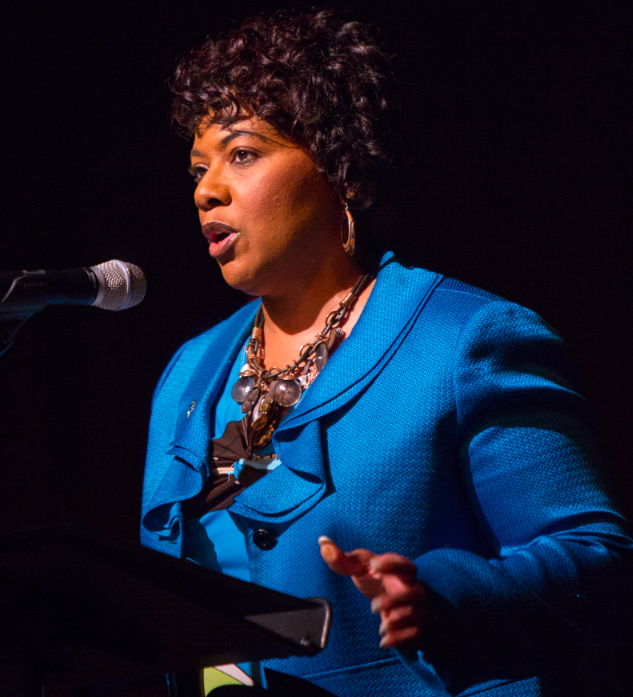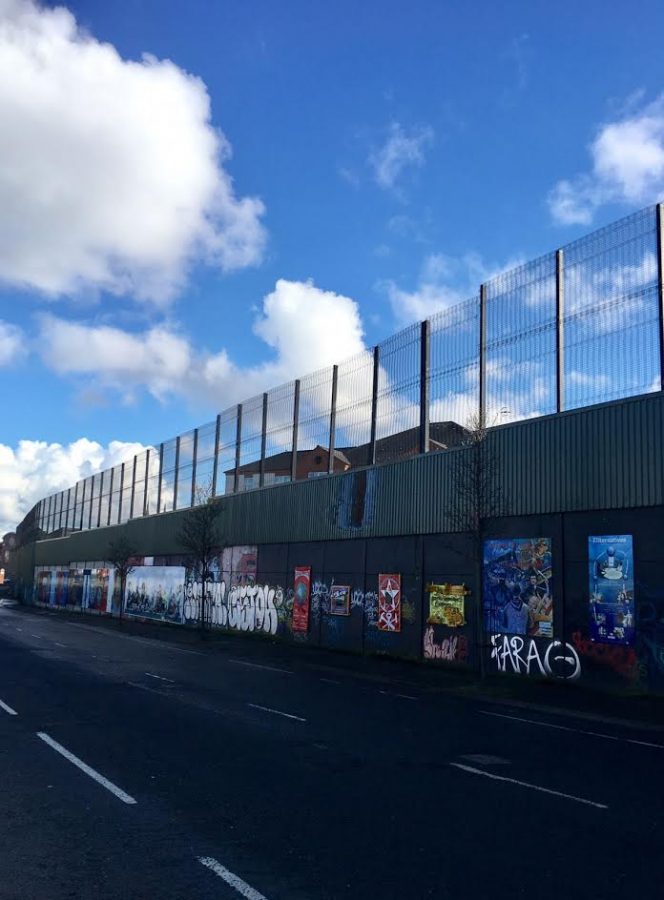By Ariel Kohane
Contributing Writer
Four devastating hurricanes have hit the United States over the past month.
Hurricane Harvey, a Category 4 hurricane, struck Texas in late August with 40-50 inches of rainfall, caused at least 75 fatalities, and resulted in at least 110 missing people, according to CNN and the National Oceanic and Atmospheric Association (NOAA).
Next was Hurricane Irma, another Category 4. Irma slammed into the Florida Keys with wind speeds up to 185 mph. The New York Times reports that Naples, FL, was devastated by six feet of water.

Hurricane Jose then swept through the Caribbean at the beginning of the month, and data from The Weather Channel showed it reaching a maximum wind speed of 155 mph. Jose moved up the Eastern Seaboard until Boston was pelted with a heavy rain last week. Jose was also a Category 4 hurricane at its peak. Most recently was Hurricane Maria, yet another Category 4 hurricane, which just finished battering Puerto Rico with “Irma-level winds” and “Harvey-level flooding,” according to CNN.
There have been a total of eight hurricanes in the Atlantic this season. The other four were Franklin, Gert, Katia, and Lee, all of which were Category 1 or 2 hurricanes. Harvey, Irma, Jose, and Maria alone caused at least $200 billion in damage, killed 103 people, and – according to TIME – meteorologists predict that there are still more hurricanes to come.
On September 11th, the New York Times reported that parts of Florida saw sea levels rise by four to five feet higher than what are considered “normal levels.” According to NOAA, the sea level around Miami has risen about 12 inches in the last century alone, which certainly added to Irma’s wake of destruction. In a Times interview, meteorologists said that part of what made Hurricane Irma so powerful was a warmer ocean temperature.
This hurricane season called several important environmental issues into focus. Rising sea levels cause hurricanes and floods to bring about more destruction, and warmer ocean temperatures provide the perfect conditions for tropical storm formation.
While scientists have warned about the devastating effects of climate change on future storms, it has taken hurricanes like Harvey and Irma to put the issue in focus. Many Americans still don’t consider climate change to be an urgent problem. If global atmospheric and ocean temperatures continue to rise, and this public opinion does not change, who know what 2018’s hurricane season will look like?


















